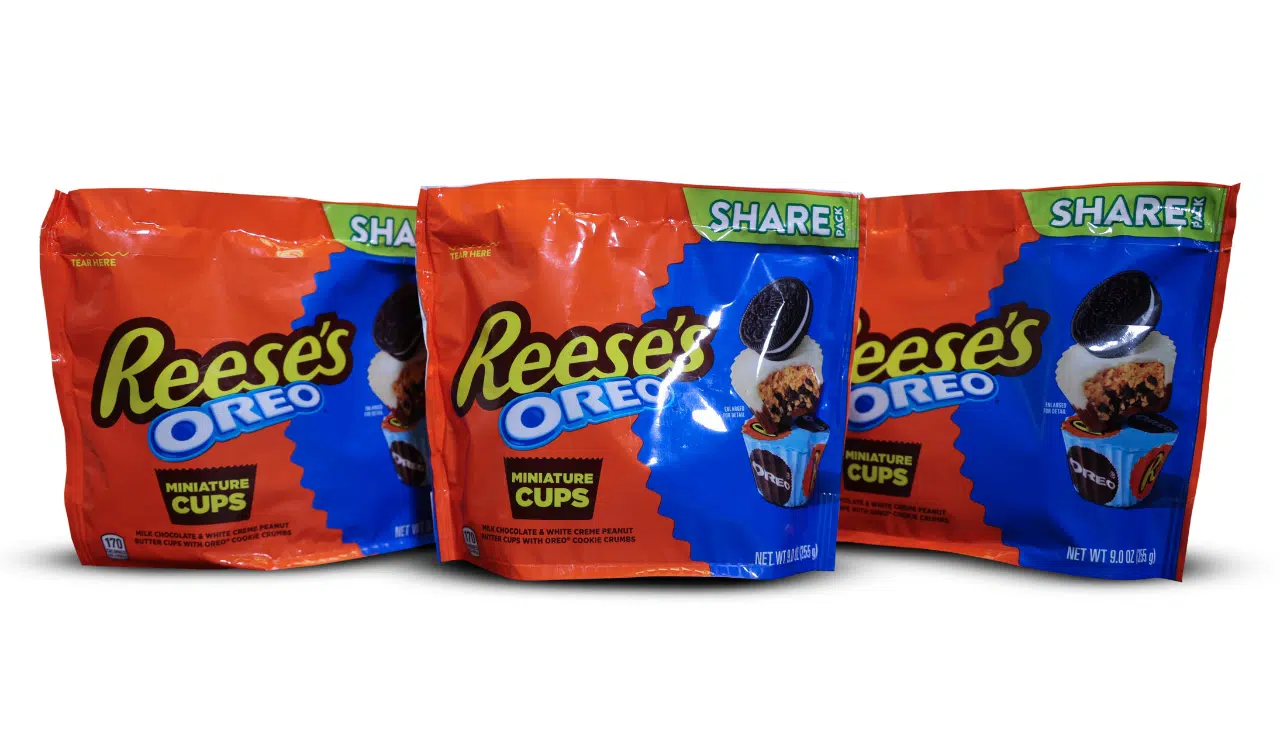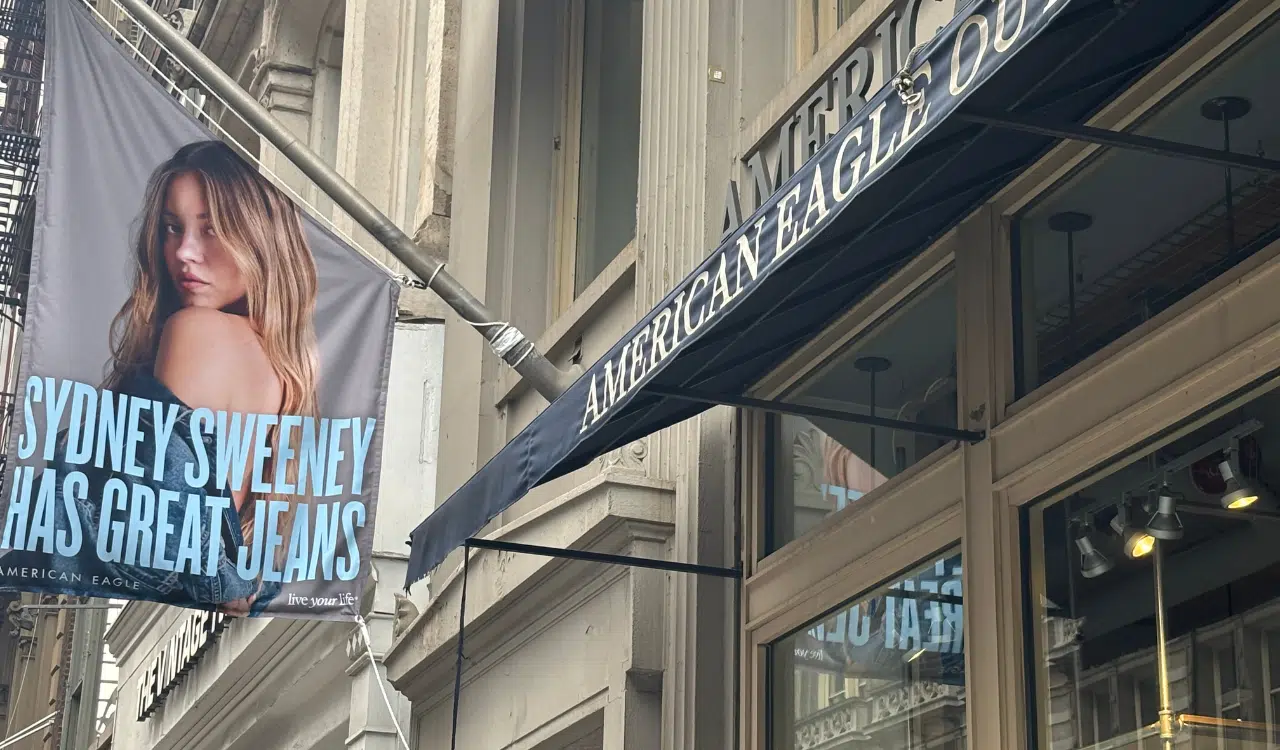Sorry, mall-based retailers… Gen Z is just not that into you. Yet don’t take this to mean that they don’t visit your stores. Gen Z still prefers to browse online and purchase in store –– particularly when shopping for clothing. They’re also still willing to pay a premium for memorable, unique in-store experiences.
Notable variances in generational shopping behavior have emerged during the pandemic. Namely, the fact that Gen Z and millennials are more interested in connecting with brands than retailers. But brands can’t be passive in the connection process. New expectations for engagement, transparency and corporate social responsibility from brands are emerging in 2022.
With trust, transparency and sustainability at the forefront of their list of priorities, young shoppers are on trajectory to become the “millennials on steroids” they were once deemed to be. And in this environment, brands will need to reevaluate whether a top-down management style without open communication from the frontline to the C-suite is still tenable.
Does this mean that the superstar retailer –– like Macy’s in days of yore –– is soon to be a thing of the past? That depends on the brands with which they form alliances.
It’s Getting Harder for Brands to Gain Consumer Trust
Remember the call for retail transparency that came to be in the early aughts? Journalists and retail analysts alike were singing the praises of brands like Everlane, Away and Glossier. However, in the past three years, it’s emerged that the brands leading the charge on transparency aren’t all that transparent. Even companies with the most trackable supply chains have ethical disparities happening behind glass doors.
The transparency bubble burst with Everlane, a direct-to-consumer fashion business, when employees began to speak out about racism within the company. Away luggage company went through a similar reckoning, when news got out about internal bullying and a culture of overworking. And Glossier? Well, Glossier’s fortunes also turned when employees spoke out about racism and a toxic work environment. Do you see a pattern here?
Next-gen consumers are becoming disillusioned with many of the brands that paved the way with retail transparency. The truth of the matter is one can’t know how transparent a brand’s practices are until speaking to the employees themselves. Fortunately, in the age of social media, it isn’t hard for next-gen consumers to connect with a company’s employees/brand ambassadors. Particularly when they’re able to give their opinions anonymously.
Direct Connections with Brands
It’s no longer just about the retailers. It’s all about the brands. There are a few reasons for this, the first being that consumers are able to develop stronger trust in a brand’s supply chain, rather than a retailer that works with many brands. It’s too hard to verify the ethical sourcing strategy of a broad-brand catalogue. It’s also hard to emotionally connect with products from a retailer that stocks products from multiple vendors, unless we’re talking about hot ticket brands with pre-established emotional connections with consumers.
Speaking of consumers, a consumer survey by CM Group found that 23 percent of Gen Z say “authenticity” is the most important aspect of a brand. Even top-rated attributes like “design” or “social impact” can’t compete. It’s also worth noting that 22 percent of Gen Z consumers report that a lack of transparency will reduce their opinion of a brand or product.
When it comes to consumers’ perceptions of brands, the unsaid secret is “the smaller the better.” Consider that Etsy came in at number five on Gist’s list of top retailers during the 2022 holiday shopping season. This is because 75 percent of Gen Z use their smartphone to shop online. When they’re doing this, they Google each brand that interests them. Positive and negative brand press is now part of the purchasing decision. And small brands with accessible brand advocates reap the spoils.
Sustainability Means Different Things to Different Demographics
A 2022 survey by First Insight and the Baker Retailing Center at the Wharton School of the University of Pennsylvania found that four generations have different definitions of “sustainability.” About half of boomers (44 percent), Gen X (48 percent), and millennials (46 percent) think that “sustainability” means “products made from recycled, sustainable and natural harvested fibers and materials.”
But about half (48 percent) of the Gen Z respondents Wharton polled believe that sustainability means “sustainable manufacturing.” However, “sustainable manufacturing” could refer to a bevy of priorities, including product materials, the energy used in production, location of the manufacturer, worker treatment/pay, etc.
So, how does this add up when Gen Z favors fast fashion — which is historically the antithesis of ethical and sustainable — over department stores? The convenience of delivery isn’t something that this generation easily ignores. Yet 73 percent of Gen Z consumers are willing to pay 10 percent more for sustainable products. The key is that fast fashion retailers such as Zara and Uniqlo offer sustainable/eco conscious lines. Fast-fashion retailers also respond to trends so quickly that young consumers facing pressure to look good for social media can’t afford to ignore them.
There Is No “Back of House” Anymore
Gen Z consumers are more disillusioned than ever about the retailers that once set sustainability precedents. The fall of Everlane created a ripple effect that led Gen Z customers going even further down the research rabbit hole before hunkering down on a purchase. That is, when they take ethics into consideration with their purchasing decisions at all. They’re still young and, at times, they value looking good to their peers over shopping in a way that’s aligned with their values.
However, if their millennial predecessors are any indication, this behavior won’t last once Gen Z consumers hit college age. With trust, transparency and sustainability at the forefront of their list of priorities, young shoppers are on trajectory to become the “millennials on steroids” they were once deemed to be. And in this environment, brands will need to reevaluate whether a top-down management style without open communication from the frontline to the C-suite is still tenable.





